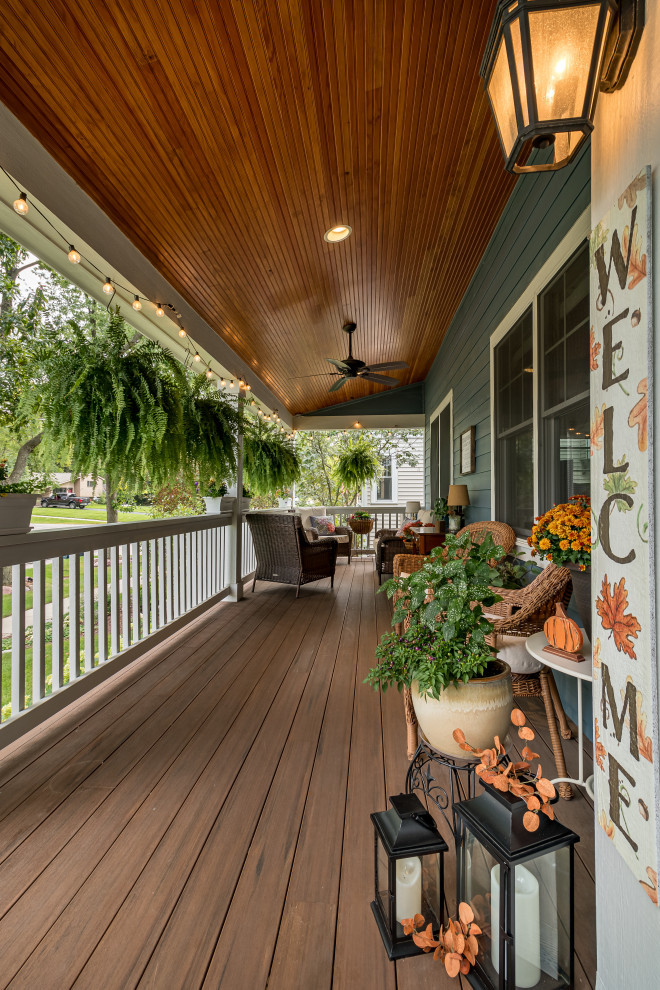Crucial Winter Maintenance for Your Home

As fall colors give way to winter's gray, it's the perfect time to prepare your home for the colder months. Fall maintenance is not just a seasonal chore; it's crucial for safeguarding your home against potential damage and ensuring its longevity.
Clean Gutters
Inspecting and cleaning gutters prevents water damage. Leaves and debris can block rainwater flow, causing overflow or leaks. Regular checks help avoid costly roof, siding, or foundation repairs. Clean gutters by removing debris manually or with tools like scoops or pressure washers. Ensure downspouts are unclogged and direct water away from the foundation to prevent flooding or erosion. These steps extend your home's exterior lifespan and maintain structural integrity.
Check Your Heat
Regularly servicing heating systems ensures efficiency and longevity, especially before colder months. Routine maintenance prevents breakdowns and costly repairs. Professional inspections check components like filters, thermostats, and heat exchangers for safe operation. Cleaning improves air quality by removing dust and debris. This proactive approach enhances performance, saves energy by ensuring optimal efficiency, and provides peace of mind with a warm home while reducing environmental impact.
Stop Leaks
Sealing windows and doors enhances home energy efficiency by preventing drafts and air leaks. Weatherstripping materials like foam tape, felt, or vinyl can be easily applied around door frames and window sashes. Caulking cracks reduces air leakage, maintains indoor temperature consistency, eases the load on heating/cooling systems, lowers utility bills, and improves comfort year-round.
Prep Your Yard
Prepare your yard for winter to ensure a healthy spring landscape. Clean up leaves and debris to prevent diseases and pests. Prune trees and shrubs to remove dead branches, reducing storm damage and promoting growth. Aerate the lawn for better drainage, allowing roots to access nutrients during cold months. Apply mulch to insulate plant roots and retain soil moisture. Cover vulnerable plants with burlap or frost blankets for protection against wind and frost. These steps ensure a flourishing yard in warmer weather.
Safety Alarms
Regular maintenance of smoke detectors and carbon monoxide alarms is vital for household safety. Replace the batteries at least yearly, or when a low-battery warning sounds, to keep them operational in emergencies. Test their functionality monthly using the test button. Smoke detectors last about 10 years; carbon monoxide alarms last 5 to 7 years—replace them after this to ensure safety. Following these practices reduces the risk of fires or carbon monoxide leaks, protecting your family.
Plumbing Inspections
Plumbing inspections are key components of home maintenance, especially as temperatures drop. Disconnect outdoor hoses to prevent freezing and burst pipes, and insulate exterior wall pipes with foam or heat tape to reduce freezing risk and heat loss. Regularly check for leaks or cracks to avoid unexpected issues. These proactive steps maintain plumbing longevity and provide peace of mind during winter months.
By taking the time to perform these essential tasks before winter fully sets in, you safeguard both the comfort and safety of your home while potentially saving on expensive repairs down the line.
